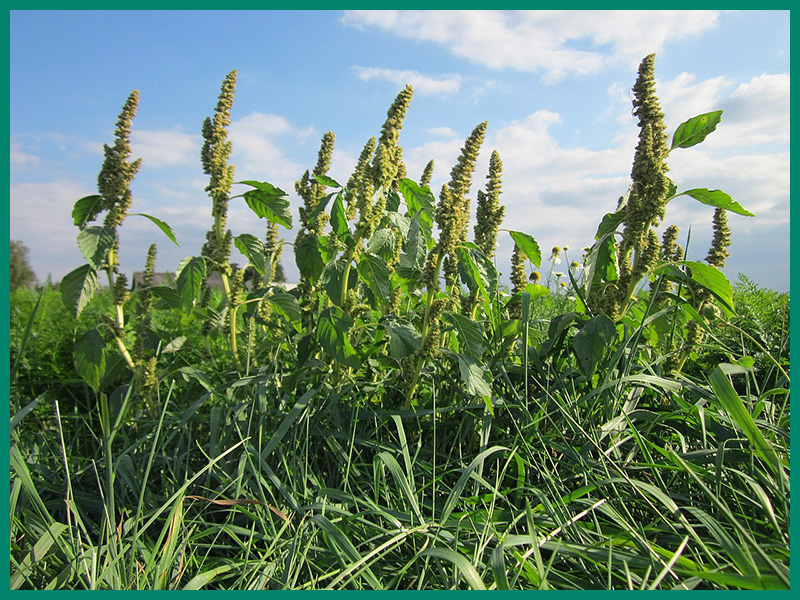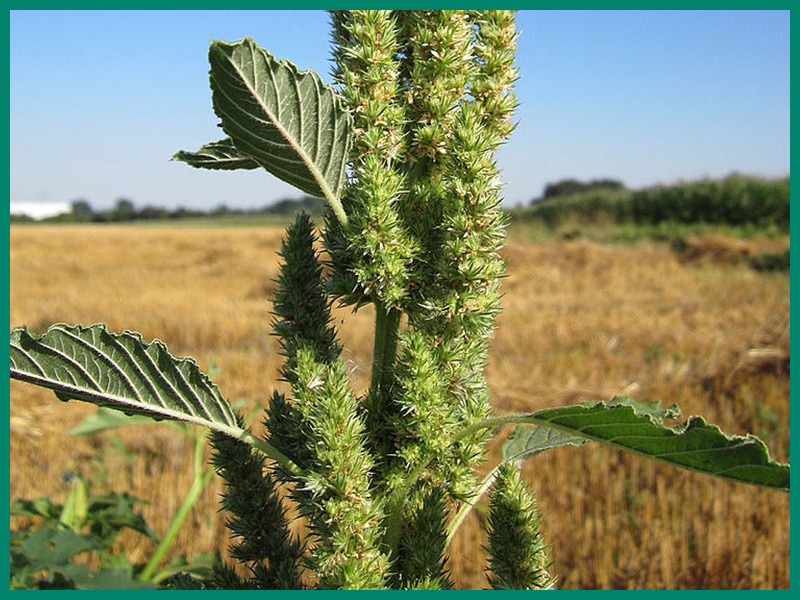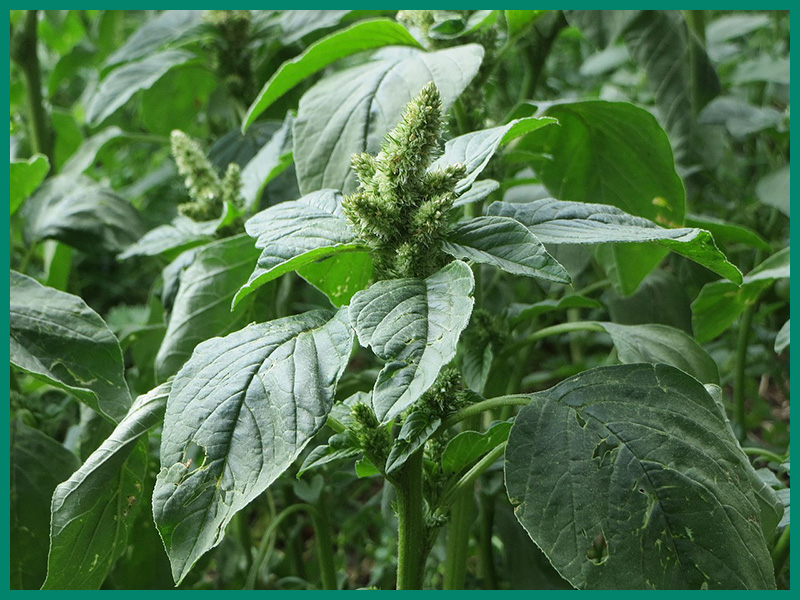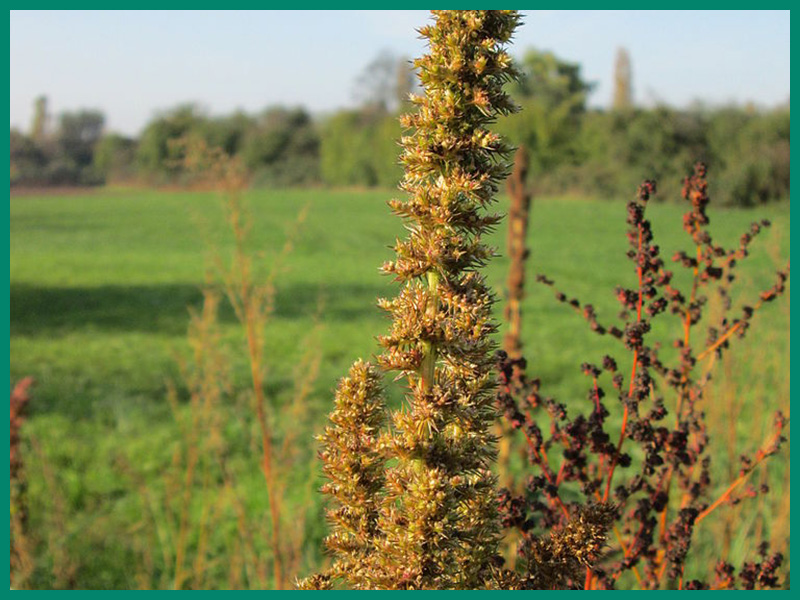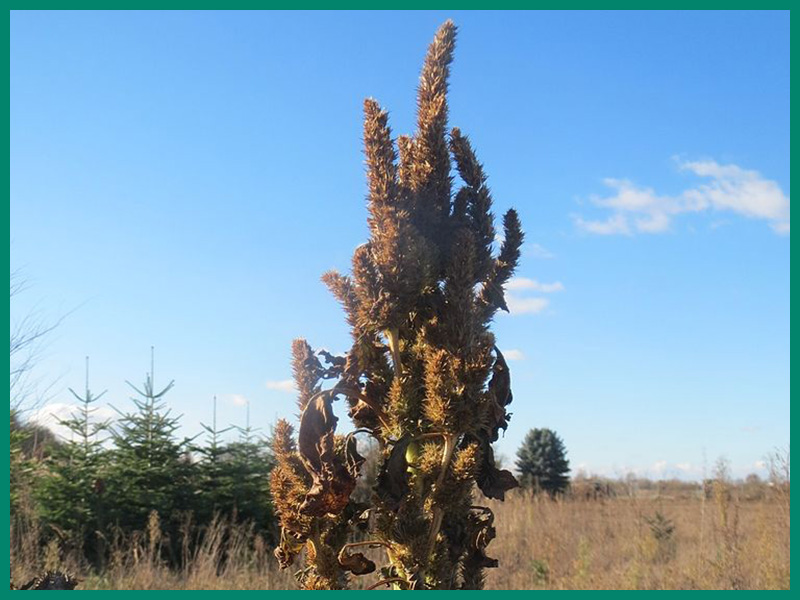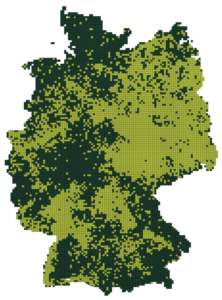Amaranthus retroflexus
Red-root Amaranth
The Red-root Amaranth (Amaranthus retroflexus) is an annual plant that originates from North and Central America, but is now found in many parts of the world. It is characterised by its upright growth habit and a height of up to 1.5 metres. The leaves of the Red-root Amaranth are oval, pointed at the end and alternate. They can sometimes have a reddish-purple tinge. The plant produces dense, erect inflorescences that contain small, inconspicuous flowers. After pollination, tiny, black seeds develop and are produced in large quantities. Amaranthus retroflexus is known for its adaptability to different soils and locations and can grow in agricultural land, gardens, wasteland and other disturbed areas.
Types of damage
Region of origin
North America
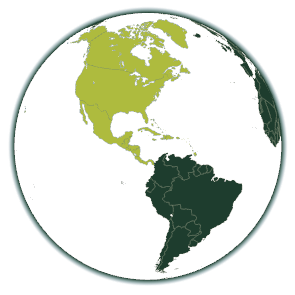
Introduction vectors
Current distribution
Based on the FlorKart Database of the Federal Agency for Nature Conservation, as of 2013
Miscellaneous
Dispersion forecast
Indicates the proportion of land suitable for habitat under current and future climate conditions (2060-2080) under three emission scenarios (RCP26, RCP45 & RCP85).

Habitat suitability under current climate conditions
These habitat suitability maps show for Amaranthus retroflexus where suitable habitat conditions exist.
The map on the left shows this for current climate conditions. Below this are maps for the time classes 2040-2060 and 2061-2080, in which three different emission scenarios can be selected.
The slider at the top left allows you to adjust the opacity of the map to make orientation easier.
By clicking on the respective quadrant, information on the environmental conditions present in it can be called up.
The methodology is explained here beschrieben.

